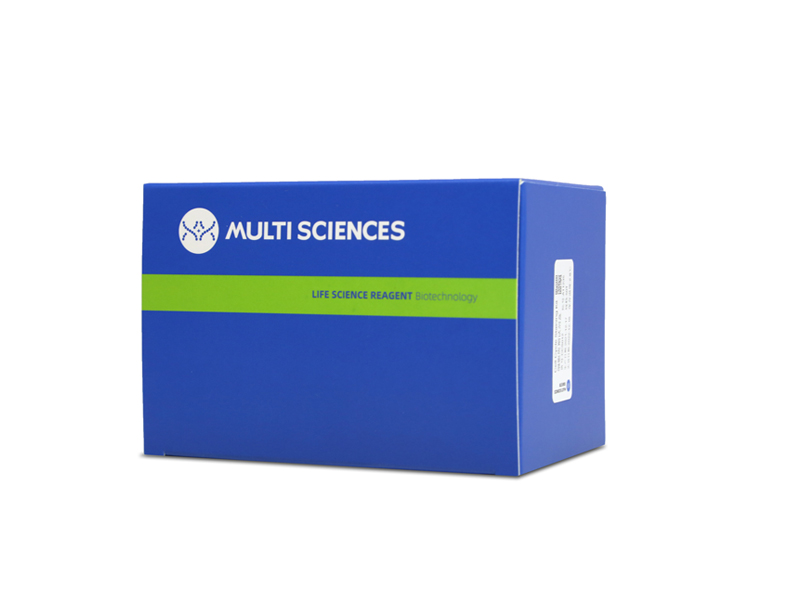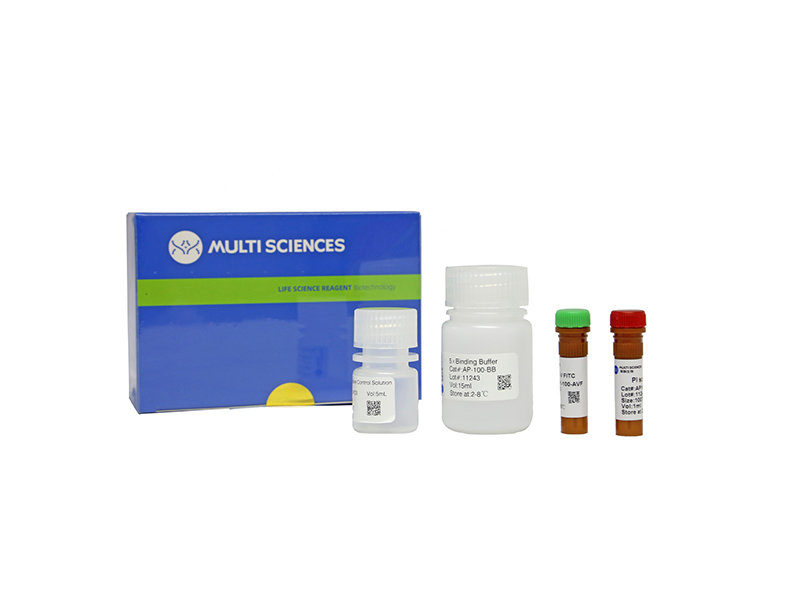Background:Myocardial ischemia/reperfusion (MI/R) is one of the most important links in myocardial injury, causing damage to cardiac tissues including cell apoptosis, oxidative stress, and other serious consequences. Asiaticoside (AS), a new compound synthesized from genistein, is cardioprotective. This paper presents new evidence for the protective role of AS against MI/R injury in vitro and in vivo.
Methods:First, BALB/c mice underwent surgical ligation of the left anterior descending (LAD) artery to establish an MI/R animal model, and HL-1 cells were subjected to oxygen-glucose deprivation/reperfusion (OGD/R) to establish an in vitro model. Myocardial infarct size was examined by triphenyl tetrazolium chloride (TTC) staining, histopathological changes detected in heart tissues were observed using hematoxylin and eosin (H&E) and Masson staining, heart tissue apoptosis was assessed by terminal deoxynucleotidyl transferase dUTP nick end labeling (TUNEL) staining. Enzyme-linked immunosorbent assay (ELISA) kits were used to analyze cardiac troponin I (CTnI), creatine kinase-muscle and brain (CK-MB), lactate dehydrogenase (LDH), superoxide dismutase (SOD), malondialdehyde (MDA), and reduced glutathione (GSH). Cell viability was evaluated using Cell Counting Kit-8 (CCK-8) and live/dead assay. Cell apoptosis, reactive oxygen species (ROS), mitochondrial membrane potential, and mitochondrial superoxide were detected by flow cytometry and fluorescence microscopy. Both the protein expression in myocardial tissues and cardiomyocytes were examined by western blot.
Results:In the in vivo MI/R experiments,pretreatment of AS reduced myocardial infarct size, decrease leakage of myocardial enzyme, suppressed myocardial apoptosis, myocardial collagen deposition, and oxidative stress. In the in vitro OGD/R experiments, HL-1 cells pretreated with AS had increased cell viability, decreased apoptosis rates and depolarization of mitochondrial membrane potential, and attenuated intracellular ROS and mitochondrial superoxide. Moreover, AS downregulated the expression of apoptotic protein, and promoted phosphorylation of PI3K, AKT, and GSK3β, which was reversed by PI3K inhibitor LY294002.
Conclusions:The AS compound protects against MI/R injury by attenuating oxidative stress and apoptosis via activating the PI3K/AKT/GSK3β pathway in vivo and vitro.
文章引用产品列表
-
- AT101C 300 Citations
- 凋亡试剂盒
Annexin V-FITC/PI Apoptosis Kit(贴壁细胞专用)(C6流式细胞仪专用)
- ¥860.00 – ¥1,510.00
-
- AP101C 302 Citations
- 凋亡试剂盒
Annexin V-FITC/PI Apoptosis Kit (C6专用)
- ¥630.00 – ¥1,280.00



